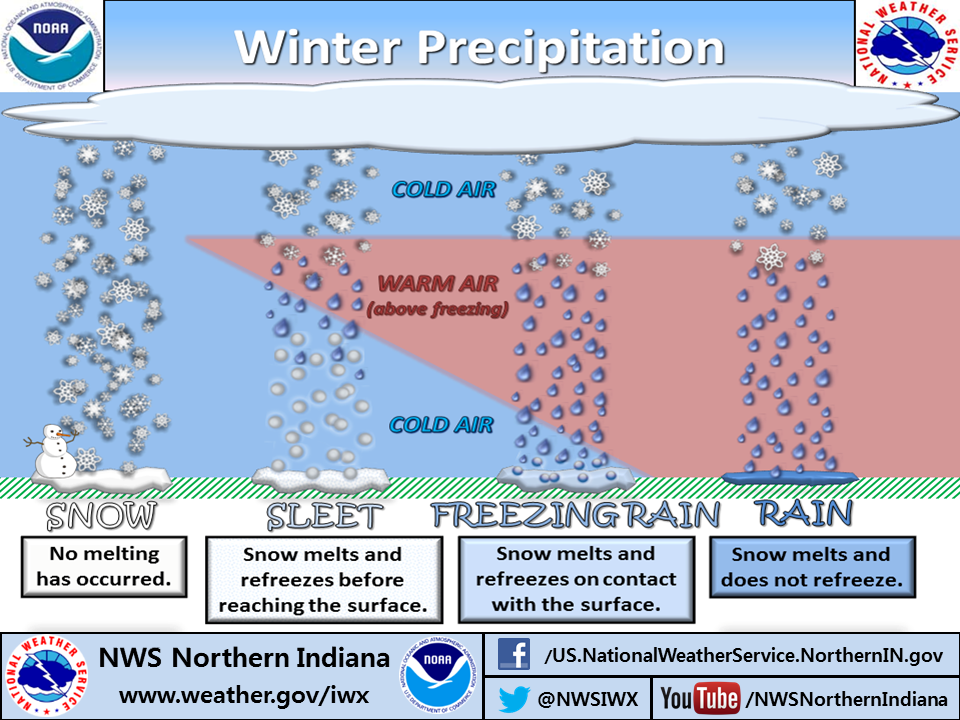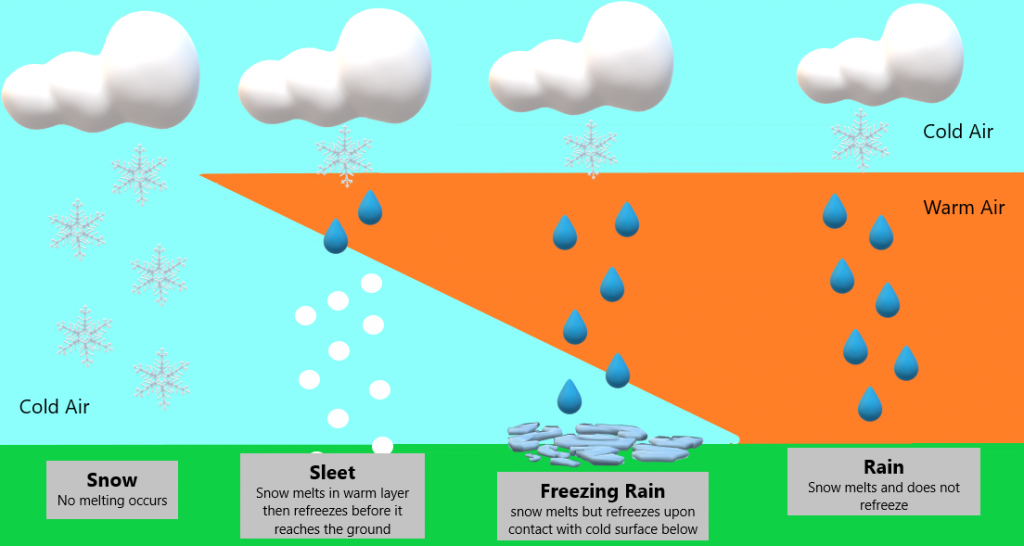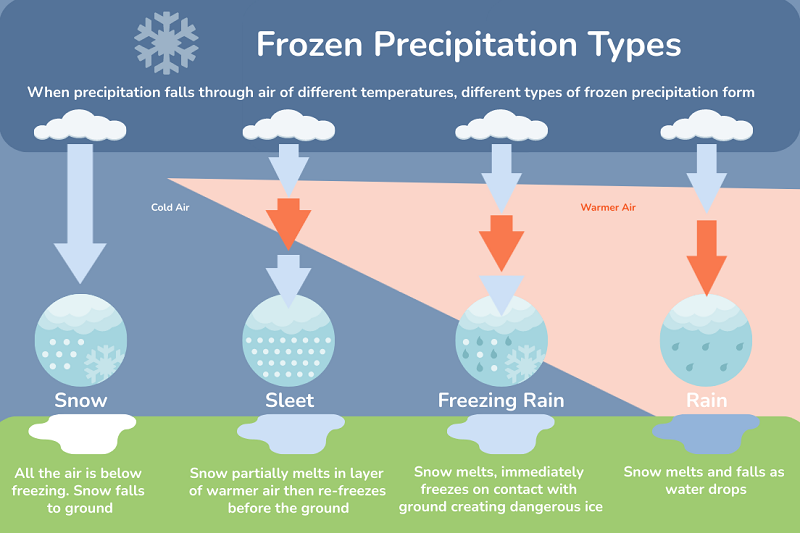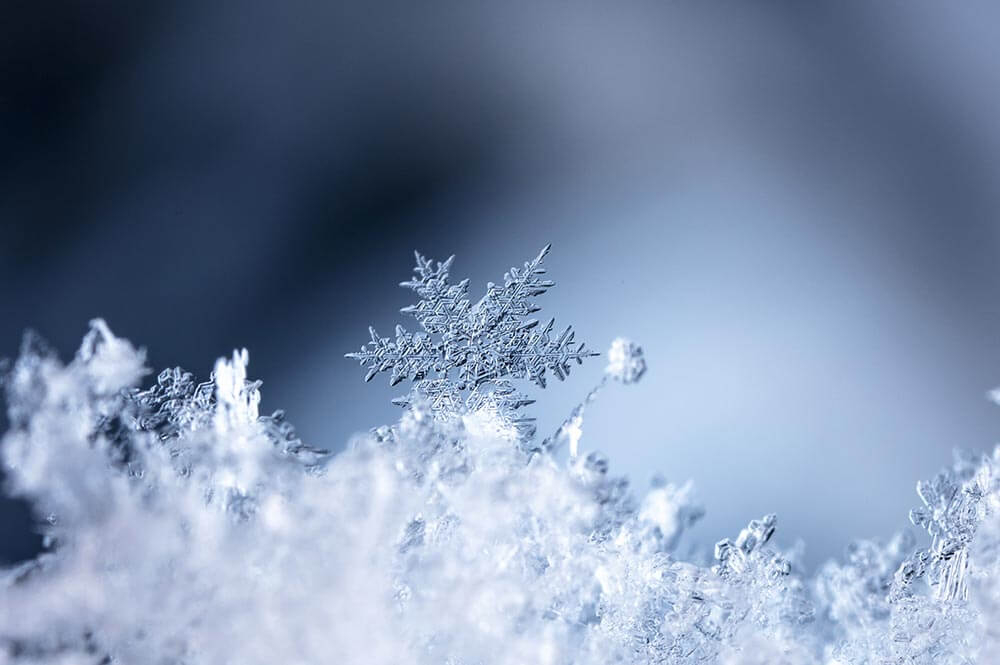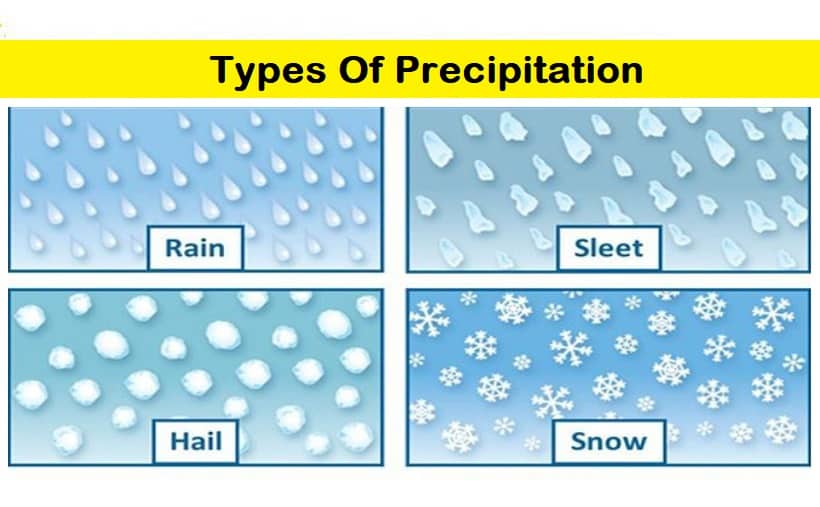Is Snow A Form Of Precipitation - Snow is a form of precipitation consisting of ice crystals. Snow is precipitation that forms when water vapor freezes. It is not frozen rain, but a crystallization of ice that typically forms in. Snow precipitation occurs when water vapor freezes into ice crystals, forming snowflakes from 0.1 to 10 millimeters (0.004 to. Snow forms when water vapor in the atmosphere freezes into a.
Snow is a form of precipitation consisting of ice crystals. Snow forms when water vapor in the atmosphere freezes into a. It is not frozen rain, but a crystallization of ice that typically forms in. Snow precipitation occurs when water vapor freezes into ice crystals, forming snowflakes from 0.1 to 10 millimeters (0.004 to. Snow is precipitation that forms when water vapor freezes.
It is not frozen rain, but a crystallization of ice that typically forms in. Snow forms when water vapor in the atmosphere freezes into a. Snow precipitation occurs when water vapor freezes into ice crystals, forming snowflakes from 0.1 to 10 millimeters (0.004 to. Snow is a form of precipitation consisting of ice crystals. Snow is precipitation that forms when water vapor freezes.
Types of winter precipitation
It is not frozen rain, but a crystallization of ice that typically forms in. Snow forms when water vapor in the atmosphere freezes into a. Snow is precipitation that forms when water vapor freezes. Snow precipitation occurs when water vapor freezes into ice crystals, forming snowflakes from 0.1 to 10 millimeters (0.004 to. Snow is a form of precipitation consisting.
Winter Precipitation A Review Weather.us Blog
Snow is precipitation that forms when water vapor freezes. Snow is a form of precipitation consisting of ice crystals. It is not frozen rain, but a crystallization of ice that typically forms in. Snow precipitation occurs when water vapor freezes into ice crystals, forming snowflakes from 0.1 to 10 millimeters (0.004 to. Snow forms when water vapor in the atmosphere.
What is the difference between rain, sleet, snow and ice precipitation
Snow is a form of precipitation consisting of ice crystals. It is not frozen rain, but a crystallization of ice that typically forms in. Snow forms when water vapor in the atmosphere freezes into a. Snow is precipitation that forms when water vapor freezes. Snow precipitation occurs when water vapor freezes into ice crystals, forming snowflakes from 0.1 to 10.
How does snow form?
Snow precipitation occurs when water vapor freezes into ice crystals, forming snowflakes from 0.1 to 10 millimeters (0.004 to. Snow is precipitation that forms when water vapor freezes. Snow forms when water vapor in the atmosphere freezes into a. Snow is a form of precipitation consisting of ice crystals. It is not frozen rain, but a crystallization of ice that.
Ohio Valley Weather How to forecast Snow/Sleet/Freezing Rain
Snow precipitation occurs when water vapor freezes into ice crystals, forming snowflakes from 0.1 to 10 millimeters (0.004 to. Snow is precipitation that forms when water vapor freezes. Snow is a form of precipitation consisting of ice crystals. Snow forms when water vapor in the atmosphere freezes into a. It is not frozen rain, but a crystallization of ice that.
Rain Snow Sleet and Hail Are All Forms of
Snow is a form of precipitation consisting of ice crystals. Snow is precipitation that forms when water vapor freezes. Snow forms when water vapor in the atmosphere freezes into a. Snow precipitation occurs when water vapor freezes into ice crystals, forming snowflakes from 0.1 to 10 millimeters (0.004 to. It is not frozen rain, but a crystallization of ice that.
Sleet, hail or freezing rain O que"é a diferença entre esses pellets
Snow is a form of precipitation consisting of ice crystals. Snow forms when water vapor in the atmosphere freezes into a. Snow precipitation occurs when water vapor freezes into ice crystals, forming snowflakes from 0.1 to 10 millimeters (0.004 to. It is not frozen rain, but a crystallization of ice that typically forms in. Snow is precipitation that forms when.
What Is Precipitation Its Types, And Forms
Snow is precipitation that forms when water vapor freezes. Snow is a form of precipitation consisting of ice crystals. It is not frozen rain, but a crystallization of ice that typically forms in. Snow forms when water vapor in the atmosphere freezes into a. Snow precipitation occurs when water vapor freezes into ice crystals, forming snowflakes from 0.1 to 10.
Freezing Rain, Sleet, Snow... and Graupel? Kristin Moon Science
It is not frozen rain, but a crystallization of ice that typically forms in. Snow is a form of precipitation consisting of ice crystals. Snow precipitation occurs when water vapor freezes into ice crystals, forming snowflakes from 0.1 to 10 millimeters (0.004 to. Snow is precipitation that forms when water vapor freezes. Snow forms when water vapor in the atmosphere.
Be a snow scientist The complete kid guide to measuring snow
Snow forms when water vapor in the atmosphere freezes into a. It is not frozen rain, but a crystallization of ice that typically forms in. Snow precipitation occurs when water vapor freezes into ice crystals, forming snowflakes from 0.1 to 10 millimeters (0.004 to. Snow is precipitation that forms when water vapor freezes. Snow is a form of precipitation consisting.
Snow Forms When Water Vapor In The Atmosphere Freezes Into A.
Snow is a form of precipitation consisting of ice crystals. It is not frozen rain, but a crystallization of ice that typically forms in. Snow is precipitation that forms when water vapor freezes. Snow precipitation occurs when water vapor freezes into ice crystals, forming snowflakes from 0.1 to 10 millimeters (0.004 to.
